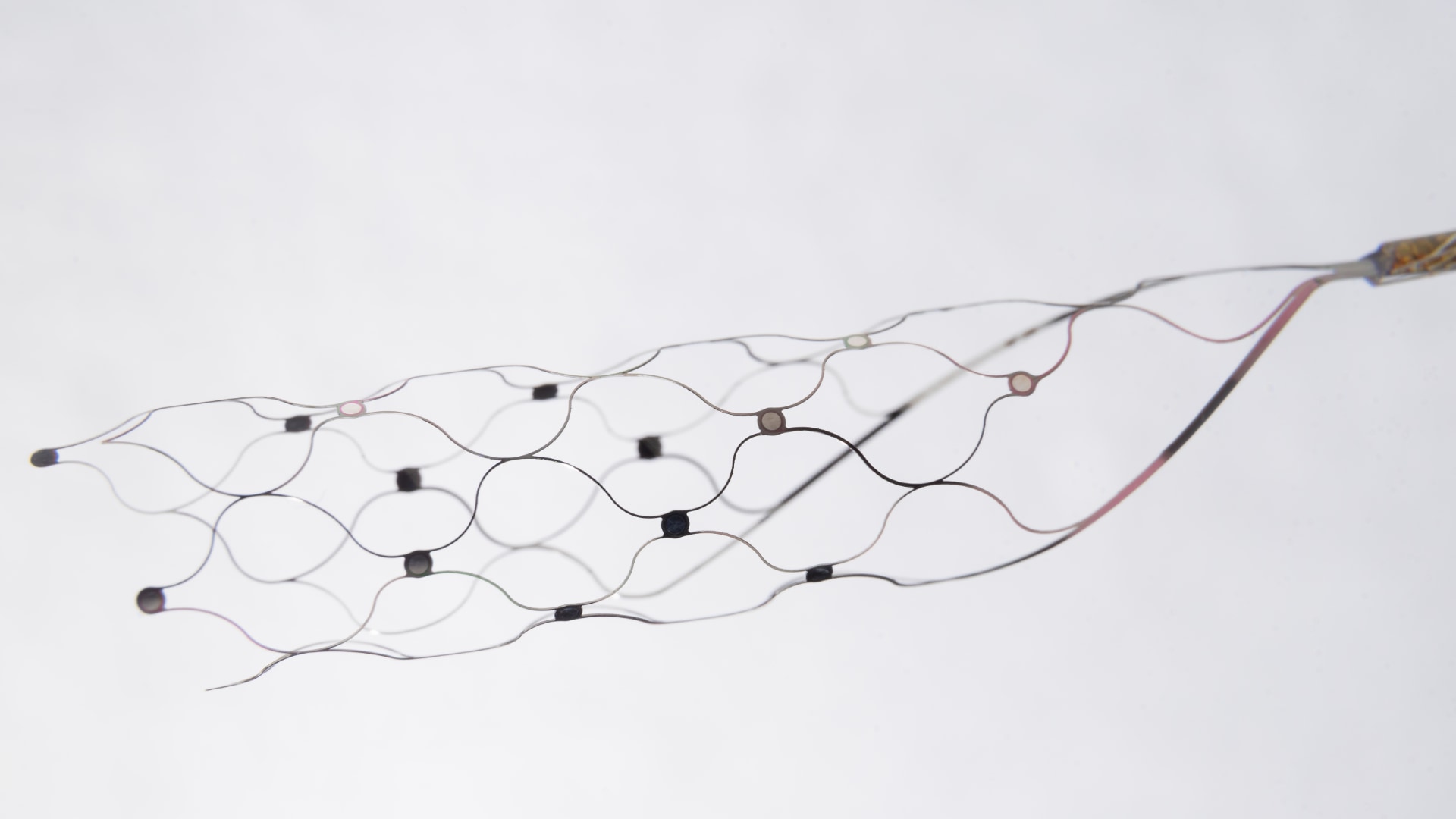You’ll soon be able to control your iPhone and iPad just by thinking

Apple has unveiled a new Brain Computer Interface protocol to let patients control their iPhone or iPad with their mind, just by thinking.
The iPhone and iPad will gain support for a new protocol, called Brain Computer Interface (BCI), with the release of iOS 19 and iPadOS 19 this fall, Apple announced today. As a result, iPhone and iPad owners who are feeling adventurous (quite an understatement, I know) will be able to control their device just by thinking.
This will require a compatible brain implant, like Elon Musk’s Neuralink or Synchron’s Stentrode, to collect your brain signals, with an algorithm turning this data into direct controls instead of mouse movement, which is an old approach to computer mind control. Of course, you’re not going to want to have such a device implanted into your brain unless you’re suffering from a severe neurological condition. So far, only ten people have had a Stentrode device implanted into their brains.
iOS 19 will support the Brain Computer Interface protocol for mind control on your iPhone and iPad
“For users with severe mobility disabilities, iOS, iPadOS and visionOS will add a new protocol to support Switch Control for Brain Computer Interfaces (BIC), an emerging technology that allows users to control their device without physical movement,” reads a passage from today’s press release unveiling the new accessibility features coming to Apple’s platforms this fall. For those wondering, Switch Control is an accessibility feature for using devices like joysticks and adaptive hardware for input.
No other information was provided, but The Wall Street Journal published additional tidbits ahead of Apple’s announcement. According to the newspaper, Apple has partnered with the neurotechnology startup Synchron on this feature.
The startup makes the Stentrode, a stent-like brain implant that turns thoughts into real-time digital commands. It’s implanted through the jugular vein atop the brain’s motor cortex, without requiring open-brain surgery. The device uses sixteen electrodes to read and translate brain signals into selecting icons. The device already helps people with motor impairments (like those caused by amyotrophic lateral sclerosis, or ALS) to control Apple devices just by thinking.
Synchron has confirmed the partnership, becoming the first company to achieve native integration with the just-announced BCI HID profile. “This marks a major milestone in accessibility and neurotechnology, where users implanted with Synchron’s BCI can control iPhone, iPad and Apple Vision Pro directly with their thoughts without the need for physical movement or voice commands,” it said.
From Synchron’s press release:
Traditional human interface devices (HIDs) like keyboards and mice have historically required physical movement. While touch and voice interfaces have expanded accessibility, they remain limited for people with profound physical impairments. BCI HID eliminates those barriers by translating neural signals, captured by Synchron’s Stentrode™ implant, into real-time digital commands.
And:
Unlike traditional assistive devices that replicate hardware inputs, a BCI HID can allow bidirectional communication between the BCI and the device. This closed-loop system can exchange contextual information, like screen layout and UI elements to optimize decoding accuracy and user experience.
Apple and Synchron say that controlled rollouts with patients in clinical trials using BCI HID-compatible features will begin later in 2025. While such brain implants have yet to receive approval from the Food and Drug Administration (FDA), which is still several years away, Synchron has already implanted the Stentrode in ten patients since 2019 so far thanks to the FDA’s investigational device exemption
Source link: https://www.idownloadblog.com/2025/05/13/apple-iphone-brain-computer-interfaces-details/



Leave a Reply